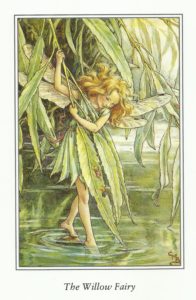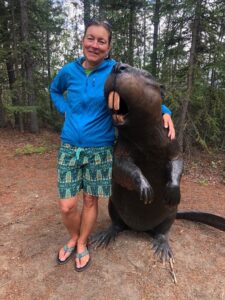Back when the beavers first came to Martinez I imagined all kinds of happy endings with cheerful cookouts where former adversaries drank a beer with me and smile about a job well done. I dreamed that some day this would all be over and I could stop fighting for beavers because everyone would be on the same side. We’d laugh over how crazy things had gotten, braid each other’s hair and talk like old friends. I even listened to this song over and over again:
But then the city wouldn’t vote to keep the beavers even though Skip’s device was obviously working, and then there was the sheetpile and the court case and the mother beaver became ill and staff pulled up all the trees we had permission to plant and then there was never a time for a victory party. Because there was never a “Victory” per se.
And I realized the beaver battle wasn’t something you won, it was just something you prevented losing if you were very lucky by using Endless Pressure Endlessly applied. Forever. Rinse and repeat.
So yesterday when I attended the zoom lecture of Ben’s new book with secretary of Natural Resources Wade Crowfoot I wondered if there’d be any mention of the battle or even a slight allusion to his first book. Did they even read it at CDFW? I used to fantasize about emailing every member a copy.
I mean we all know you can lead a horse to water. But you can’t make it think differently about beavers.
Or can you?
I literally started crying when I realized that the minds at CDFW had actually read and responded to Ben’s masterful book which meant that they were intimately acquainted with the story of the Martinez Beavers which meant that OUR beavers and the wonderful family they raised and the heroic original matriarch we lost were an essential ingredient in the very special recipe that changed California’s mind on beavers.
There is another such exchange about the book DIRECTLY WITH CHUCK BONHAM at the end. More crying. by me. It’s great interview and lots of information about connectivity which is important. You should watch. But I was watching because privately I wondered if they had been affected by Ben’s other book and I was not disappointed.
And at the days end I got a copy of this in the mail which is this issue of Outdoor the official CDFW magazine with a six page article about beavers and how good they are and I realized we had finally hit critical mass in California. There were so many people who knew the right things about beavers it was a different world forever.
Okay. Maybe we’re not in Kansas anymore. But I’m keeping the pressure on just in case.












































